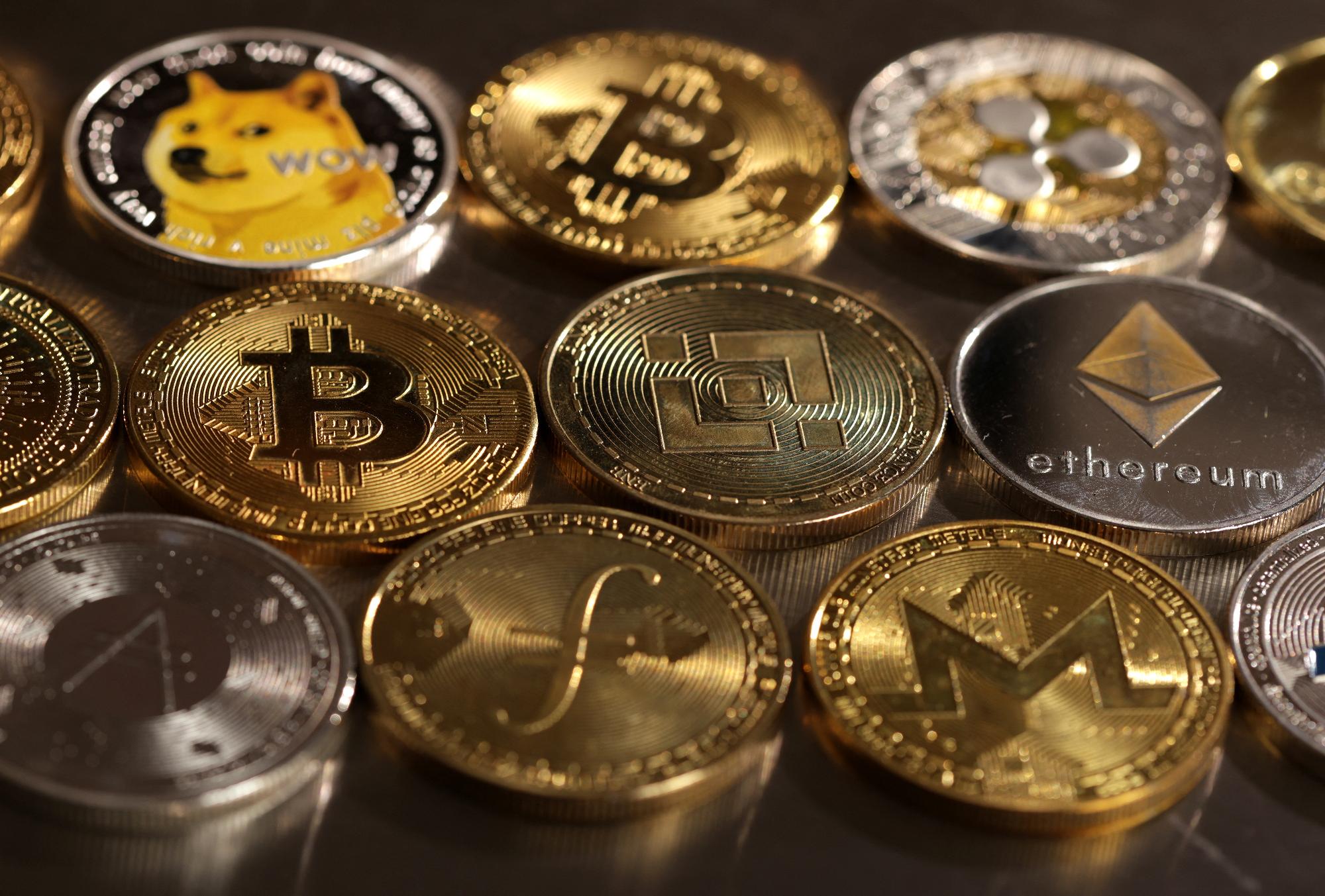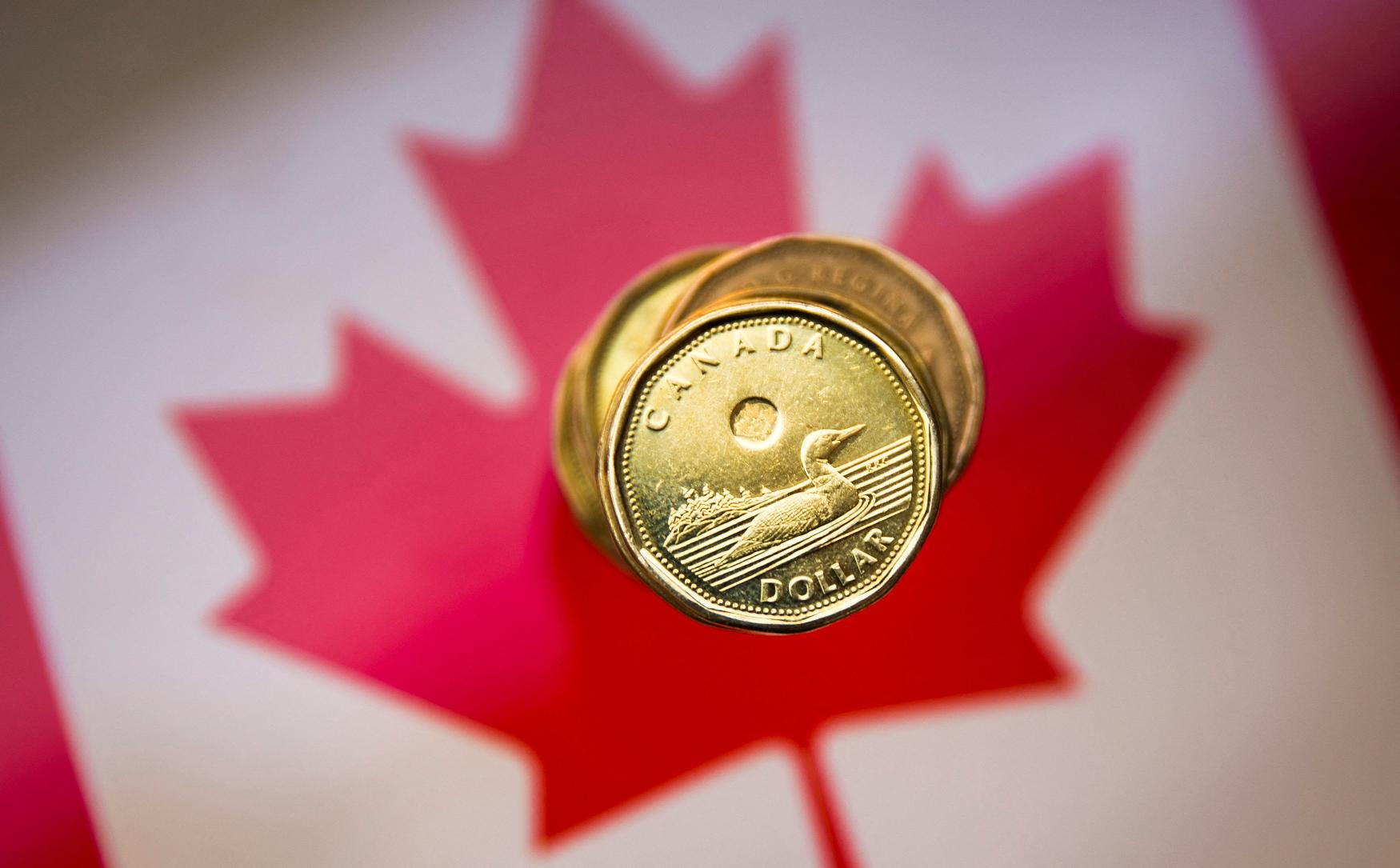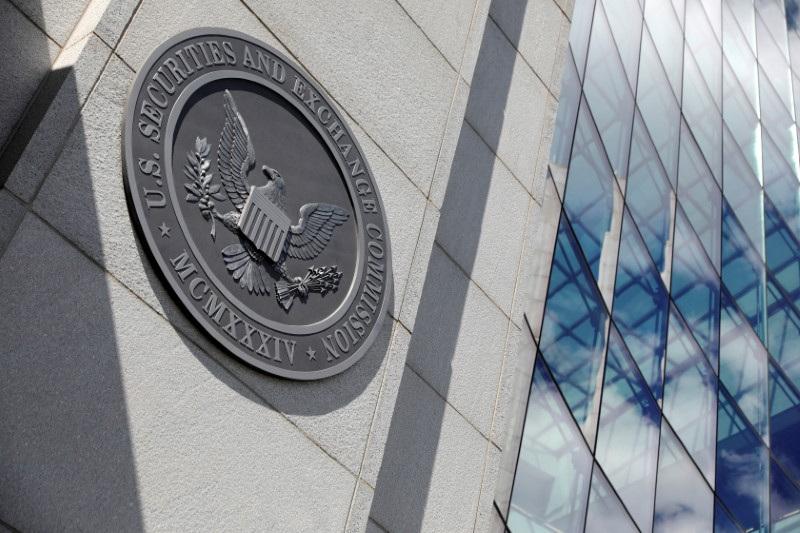
2024-09-25 20:23
MEXICO CITY, Sept 25 (Reuters) - After already battering Mexico's Guerrero state, a strengthening Tropical Storm John is on track to turn back into a hurricane, the U.S. National Hurricane Center (NHC) said on Wednesday, hurtling back towards communities across the Pacific coast. John first made landfall on Monday at major hurricane strength, triggering flooding and landslides that crushed homes while leaving at least five dead. Its remnants brought intense rains across several states, home to major ports and beach resorts, before strengthening again. The storm moved back into the Pacific Ocean earlier on Wednesday and the NHC now forecasts John to again slam into the Mexican mainland early on Thursday. "The ocean's surface temperatures are favorable to feeding this storm," civil protection meteorologist Fermin Damian Adame told a press conference, predicting a fresh round of "intense" rainfall through Friday. Mexico's government on Wednesday issued a hurricane warning for the Pacific coast between Lazaro Cardenas, in Michoacan state, and Tecpan de Galeana in Guerrero. Other towns east of Tecpan de Galeana found themselves under a Tropical Storm warning, including resort city Acapulco, which is still recovering from last year's Hurricane Otis. The Miami-based NHC warned of likely "catastrophic" flash flooding and mudslides across four states along Mexico's Pacific coast. John's initial hit cut power to around 100,000 homes, uprooted trees and power poles while ripping off roofs. The five reported casualties included a 10-year-old boy and his mother, who were trapped in their home by a landslide in the village of Tlacoachistlahuaca, in Guerrero state, one of Mexico's poorest. While John battered Guerrero's southern Costa Chica region on Tuesday, it is now forecast to hit its northern coastline, the Costa Grande. State authorities said around 4,000 homes in the resort city of Acapulco were at risk and urged people living in low-lying areas to immediately move to shelters. Last year, Acapulco was devastated by Hurricane Otis, which killed more than 50 people and is estimated to have left some $15 billion in damages, shocking forecasters by strengthening to a Category 5 hurricane in less than a day. Scientists say hurricanes are strengthening faster due to higher sea temperatures resulting from human-caused climate change, leaving communities less time to brace for their impact. Sign up here. https://www.reuters.com/world/americas/tropical-storm-john-tilts-back-mexicos-pacific-coast-2024-09-25/

2024-09-25 20:21
Sept 25 (Reuters) - PayPal Holdings (PYPL.O) , opens new tab announced on Wednesday it is enabling U.S. merchants to buy, hold and sell cryptocurrency from their business accounts. Cryptocurrency has moved from being a nascent asset class towards greater market acceptance after bitcoin exchange traded funds were approved for listing by the U.S. SEC earlier in the year. "Business owners have increasingly expressed a desire for the same cryptocurrency capabilities available to consumers," said Jose Fernandez da Ponte, Senior Vice President of Blockchain, Cryptocurrency, and Digital Currencies at PayPal. PayPal joined the cryptocurrency market in 2020, allowing customers to buy, sell and hold bitcoin and other virtual coins using the digital payments company's online wallets. The company became the first major financial technology firm to embrace digital currencies for payments and transfers when it launched its dollar-backed stablecoin in August 2023. Stablecoins are crypto tokens whose monetary value is pegged to a stable asset to protect potential investors from wild swings in prices. San Jose, California-based PayPal is also enabling U.S. merchants to transfer cryptocurrency on chain externally to third party eligible wallets. However, the services would not be available for business accounts in New York State at launch, the company said on its website. Shares of the company have gained nearly 26% so far this year. Sign up here. https://www.reuters.com/technology/paypal-let-business-accounts-buy-hold-sell-cryptocurrency-2024-09-25/

2024-09-25 17:37
Canadian dollar weakens 0.3% against the greenback Touches its strongest since March 8 at 1.3420 Price of U.S. oil decreases 2.5% 10-year yield touches a 16-day high at 3.013% TORONTO, Sept 25 (Reuters) - The Canadian dollar weakened against its U.S. counterpart on Wednesday, with the currency pulling back from an earlier six-month high as the boost to investor sentiment from China's stimulus package lost some momentum. The loonie was trading 0.3% lower at 1.3470 to the U.S. dollar, or 74.24 U.S. cents, after touching its strongest intraday level since March 8 at 1.3420. "We're pulling back today because Chinese stocks cooled down a bit overnight and because EUR-USD collapsed this morning following the better-than-expected U.S. new home sales numbers," said Erik Bregar, director, FX & precious metals risk management at Silver Gold Bull. "Both factors have unleashed broad USD buying, which is pressuring the Canadian dollar." Stocks globally (.MIWD00000PUS) , opens new tab pulled back from the record high they posted on Tuesday when China's central bank unveiled its biggest stimulus since the pandemic. Mainland Chinese blue chips (.CSI300) , opens new tab ended up 1.5% but gave back some of their earlier gains, while the price of U.S. oil, one of Canada's major exports, fell 2.5% to $69.73 a barrel . The U.S. dollar rallied against a basket of major currencies, including the euro, as data showed sales of new U.S. single-family homes fell less than expected in August. Canadian Prime Minister Justin Trudeau looked set to survive a vote of confidence later on Wednesday after his main political rival appeared to fail to muster enough support to end nine years of Liberal Party rule. The vote was due at about 3:30 pm ET (1930 GMT). Canadian government bond yields moved higher across the curve, tracking moves in U.S. Treasuries. The 10-year was up 3.8 basis points at 2.997%, after earlier touching its highest level since Sept. 9 at 3.013%. Sign up here. https://www.reuters.com/markets/currencies/canadian-dollar-retreats-6-month-high-risk-appetite-cools-2024-09-25/

2024-09-25 15:54
ORLANDO, Florida, Sept 25 (Reuters) - As former Federal Reserve Chair Ben Bernanke used to quip, "monetary policy is 98% talk and only 2% action." Perhaps his numbers were a little exaggerated, but there's no doubt that the financial market impact of policymakers' signals can be just as powerful as their actual decisions. If not more so. Markets are forward-looking. It's one of the fundamental pillars on which they're built. So it should come as no surprise that policy guidance from Fed officials is such a strong driving force for investor behavior and asset prices. But this foundational feature of the market is worth bearing in mind now that the Fed has fired the starting gun on its rate-cutting cycle, and debate swirls around the precise location of the neutral, natural and terminal rates of interest – and how soon these points will be reached. Central to this discussion is "R-star," the estimated interest rate that neither stimulates nor slows the economy, a theoretical number that's impossible to determine in real time. Much ink has been spilled about where the Fed thinks R-star is and what this says about the relative restrictiveness of financial conditions. But that may not quite be the right question. The economy and capital markets are often boosted not because R-star has actually been breached but because the Fed has indicated that it's moving in the direction of this amorphous figure. Or, in many cases, simply because investors think it's going there. So the actual location of R-star may be less important than the signaling around it. THE SIGNAL AND THE NOISE Before the U.S. central bank's half-percentage-point rate cut last week, the federal funds rate was in the 5.25%-5.50% range - the highest in 17 years when adjusted for annual consumer inflation. Analysts at JP Morgan suggest real interest rates, when set against estimates of R-star, were the highest in 30 years. Chicago Fed President Austan Goolsbee on Monday reiterated this point, noting that policy tightened substantially in real terms over the last year because inflation was slowing, giving the Fed plenty of room to loosen. "Make no doubt about it - we're hundreds of basis points above the neutral rate. If conditions continue like this, there are a lot of cuts to come over the next 12 months," he said. Of course, the flip side of Goolsbee's assertion that policy effectively tightened even though the Fed didn't raise rates is that reducing restrictiveness is effectively stimulative. And that is what markets are riffing off right now. Consider that the three main U.S. equity indexes rose between 20% and 30% over the past year, high-yield bond spreads tightened by some 100 basis points, and most companies had no trouble refinancing their debt. These are hardly hallmarks of highly restrictive financial conditions. This suggests that R-star may simply be higher than previously thought. But – and forgive the circular logic – the intended impact of the elevated policy rate may also have been muted because of market sentiment. In other words, markets themselves pivoted quickly and began pricing in cuts, meaning conditions were looser than central bank theory would indicate. RISK ON? Even though investors' appetite for risk may seem a little overdone, history shows it's a rational response. The fed funds rate is expected to be cut by another 200 basis points or so by 2026, according to Fed projections and market pricing. That's substantial. The experience of recent decades shows rate cuts of that order often precede or coincide with recessions, and in real terms, policy usually moves into stimulative territory. U.S. stocks on average rise 5% in the year after the Fed's first cut, and as much as 18% if there is no recession, according to analysts at Raymond James. Recession is not the base case for the U.S. central bank or financial markets. Unprecedented inflation-busting rate hikes triggered deep recessions in the early 1980s, and even after rates came back down, they remained restrictive in real terms for the whole decade. The S&P 500 (.SPX) , opens new tab index rose some 230% during this period. So does it matter how investors think about R-star? Perhaps not, but they should absolutely be across how Fed officials view it and how it influences their thinking compared with, say, market-based financial conditions indices which may be sending contradictory signals. (The opinions expressed here are those of the author, a columnist for Reuters.) Sign up here. https://www.reuters.com/markets/us/feds-steer-important-markets-policy-action-mcgeever-2024-09-25/

2024-09-25 15:53
NEW YORK, Sept 25 (Reuters) - Vanguard's new chief, Salim Ramji, said on Wednesday that he plans to expand the fixed income offering of the U.S. top asset manager given the market's size and opportunities. Ramji said that there was an opportunity to take "the same mindset" Vanguard has brought the equities market to the fixed income market. "Our clients can benefit from that type of mindset. ... They can get better and better quality fixed income exposure," he said at the Financial Times' Future of Asset Management North America conference in New York. "It goes back to our sense of mission and purpose around how you reduce costs and give people a higher quality set of exposures." Vanguard, with about $9 trillion in assets under management, is the world's second-largest asset manager after BlackRock. Ramji, who became Vanguard's chief executive officer in July, replacing Tim Buckley, joined the Malvern, Pennsylvania-based firm from BlackRock, where he was responsible for two-thirds of the firm's assets and growth. The two firms are the largest providers of exchange traded funds (ETFs) - low-cost products often aimed at retail investors as a cheap way to invest in the world’s biggest markets. Fixed income markets have experienced severe volatility over the past two years as a rapid succession of hikes in interest rates across developed markets has hit bond prices and boosted yields. At the same time, higher yields have attracted hefty inflows into the asset class. "When you look at the macro environment for fixed income today , relative to say 10 years ago, it has a really important place," said Ramji. "It's going to be more important based on ... our views of the long-term rate environment," he added. Ramji said he was also looking at opportunities in private markets, a sector that includes debt and equity that is not publicly traded or listed. “In privates we’re open to exploring partnerships,” he said. Sign up here. https://www.reuters.com/markets/us/vanguards-new-ceo-eyes-fixed-income-offering-expansion-2024-09-25/

2024-09-25 15:18
Sept 25 (Reuters) - Merrill Lynch, Pierce, Fenner & Smith and Harvest Volatility Management have agreed to pay a combined $9.3 million to settle U.S. Securities and Exchange Commission charges related to investment limits and fees. According to the SEC, the firms exceeded clients' investment limits over a two-year period beginning in March 2016. Regulators said this led to clients paying higher fees, facing increased market exposure, and getting hit with investment losses. The investment advisers sold a complex options trading strategy to clients but did not abide by basic client instructions, Mark Cave, Associate Director of the SEC’s Enforcement Division, said in a statement. Neither firm admitted nor denied the SEC's findings. Harvest agreed to pay a penalty of $2 million and another $3.5 million in disgorgement and interest. Merrill agreed to pay $1 million and another $2.8 million in disgorgement and interest. Harvest was the primary investment adviser and portfolio manager over an investment strategy that traded options in a volatility index. Starting in 2016, the adviser allowed some client accounts to exceed exposure levels the investors designated when they signed up for it, the SEC said. Merrill introduced clients to Harvest in exchange for a portion of Harvest's management and incentive fees, the SEC found. The firm was aware investors' exposure was exceeding the pre-set levels, regulators said. "We ended all new enrollments with Harvest in 2019 and recommended that existing clients unwind their positions," Merrill said in a statement. A lawyer for Harvest Volatility did not immediately respond to requests for comment. Sign up here. https://www.reuters.com/legal/merrill-lynch-harvest-volatility-management-pay-93-mln-settle-sec-charges-2024-09-25/
